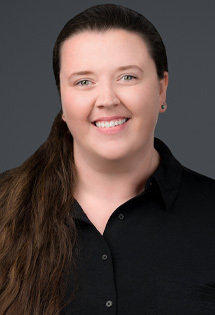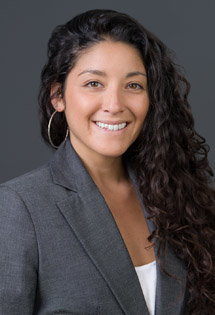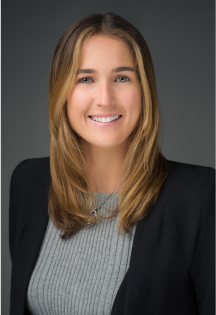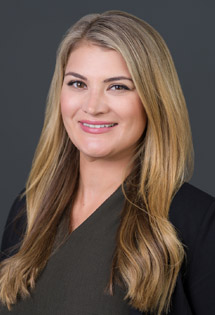

Enhancing, Optimizing and Organizing Your Digital Footprint
Kelly McCaddin, Operations Associate | Sally Eisenberg, Operations & Client Service Advisor | Thursday, June 26, 2025
Just like a home needs regular clean-up, your digital footprint deserves some consideration, too. Welcome to the world of digital housekeeping—where decluttering your devices isn’t just satisfying; it’s critical for productivity, peace of mind and cybersecurity. Today’s ever-changing landscape of new mediums and technology have made digital housekeeping even more important. Whether it’s to protect […]
Read More

Should I Stay or Should I Go – Relocating for Retirement
Stone Churby, M.S. Wealth Management Associate | Chase Hayhurst, CFP®, Senior Wealth Management Advisor | Thursday, May 22, 2025
You’ve worked your whole life for this moment, retirement, it’s now the time for you to enjoy the fruits of your labor. This new phase of your life allows you to spend more time with loved ones, travelling, and developing passions outside of your business and career. As you prioritize your needs and wants in […]
Read More

Will The U.S. Budget, Budge? – The History and Future of the Federal Deficit
Andrea Taylor, CPA, MSA Wealth Management Advisor | Aubrey Brown, CFP®, EA, M.S. Wealth Management Advisor | Thursday, April 24, 2025
For many investors, the federal deficit represents an intangible, distant issue that reflects more about Washington politics than personal finance. As wealth managers, we know the size and trajectory of the U.S. deficit can influence market conditions, interest rates, and ultimately our client’s long-term financial plans. As we help clients plan for retirement, manage portfolios, […]
Read More

Navigating Tax Implications When Selling Real Estate: Strategies for Homeowners and Investors
Marty Rascon, Wealth Management Associate Advisor | Ryan Richardson, CFP®, ChFC®, Senior Wealth Management Advisor | Thursday, February 20, 2025
Investing in real estate ranks among the most significant financial decisions most individuals will make in their lifetime. Whether investing in a primary residence or an investment property, there are several critical factors that must be considered. Selling a property, especially one held for a long time or a property that has significantly appreciated in value […]
Read More

Setting Yourself Up for Success in 2025
Stone Churby, M.S. Wealth Management Associate | Kelli Burger, CFP® Wealth Management Advisor, Partner | Thursday, January 23, 2025
After a historic 2024, the New Year provides an opportunity for people to check in with themselves about their personal and financial goals. Life events, career changes, and a new administration may create fresh opportunities for financial planning for you and your family. As we step into 2025, the financial landscape continues to evolve; shaped […]
Read More



